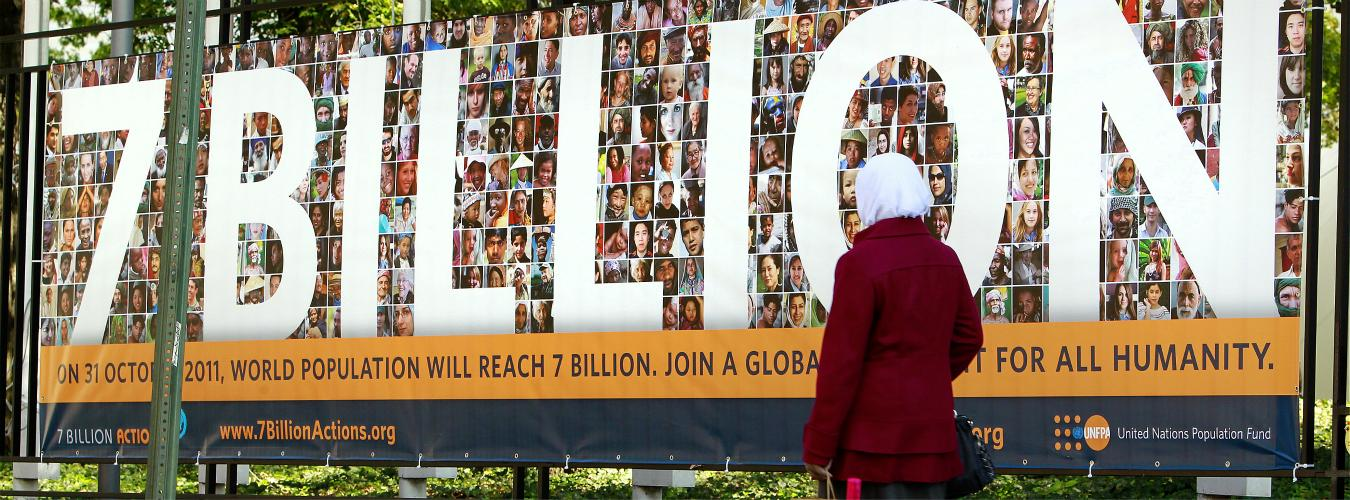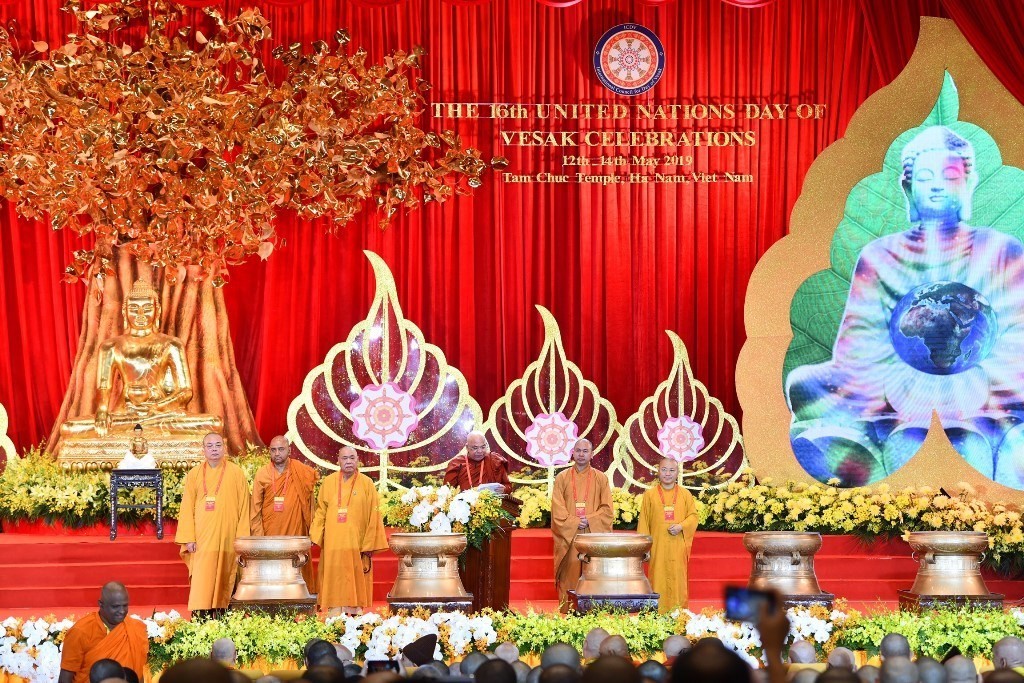Which Province Has The Highest Population in Vietnam?
Ho Chi Minh City's 2021 population is now estimated at 8,837,544. In 1950, the population of Ho Chi Minh City was 1,213,224. Ho Chi Minh City has grown by 235,227 since 2015, which represents a 2.73% annual change. These population estimates and projections come from the latest revision of the UN World Urbanization Prospects. These estimates represent the Urban agglomeration of Ho Chi Minh City, which typically includes Ho Chi Minh City's population in addition to adjacent suburban areas.
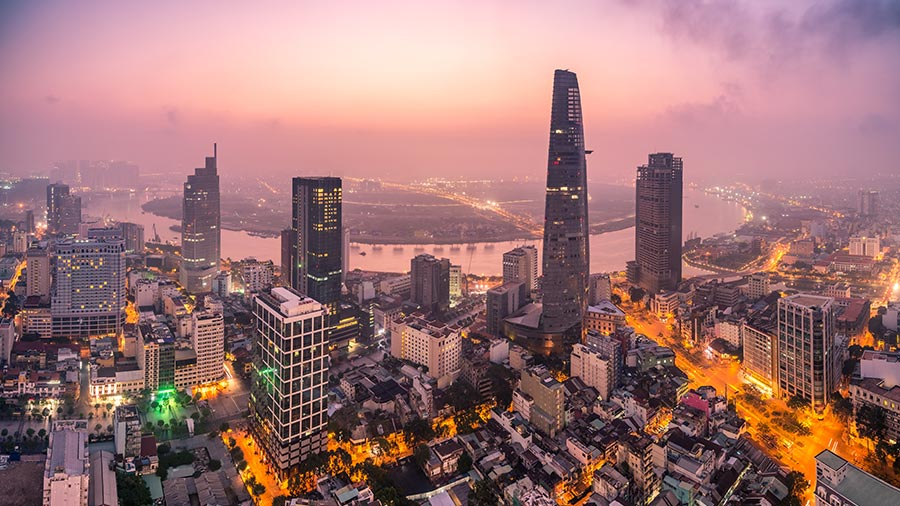 |
| Photo: Vietnam Briefing |
Vietnam is a large country with a population of almost 93 million people. The biggest city is Ho Chi Minh City, which locally also goes by the name of Saigon. The name is derived from the previous name of the city when it was part of the French colony of Cochin-China before the reunification of north and south Vietnam.
The current population of Ho Chi Minh City is difficult to determine as the most recent census was performed in 2009. According to that census, the population of Ho Chi Minh City stood at 7,521,130 people. 2017 estimates from the General Statistics offices give a number closer to 8,444,600 - showing the continued growth of the city. The only city to come close to the overall population of Ho Chi Minh city is the capital of Vietnam, Hanoi, which has a population of 6.4 million and a population density of 5,000 per square mile. The total population of Ho Chi Minh city accounts for 8.34% of all inhabitants of Vietnam.
What are the factors of Ho Chi Minh City?
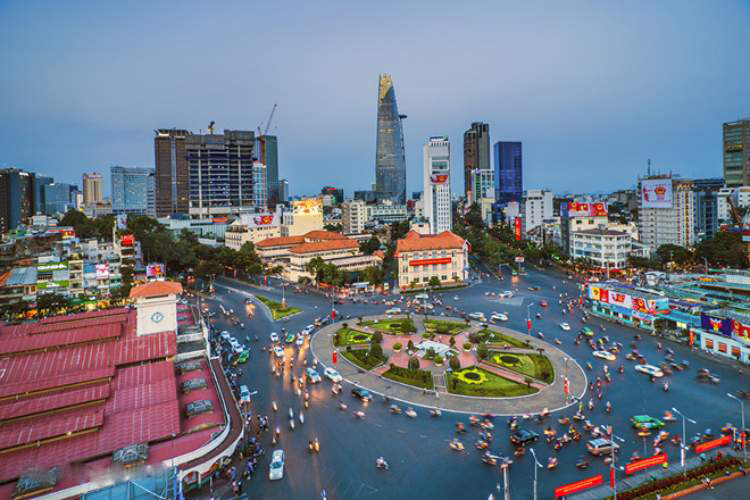 |
| Photo: HDPro Land |
City Size and Population Density
Ho Chi Minh City covers a sizeable surface area with a total of 2,061.2 square kilometers (795.3 square miles). The city is quite densely populated, but somehow it all seems to work as Ho Chi Minh City continues to grow. The population density states that 4,097 individuals are residing per square kilometer (approximately 10,610 residents per square mile) within the city.
Religion
Ho Chi Minh City may not seem as though it would be very diverse in terms of religion, but with 50% of the inhabitants actively practicing the teachings of Buddhism, there is plenty of room for other religious faiths. While 34% of the population has no religious affiliation, 12% identifies as Roman Catholic and 4% practice other religions such as Hao Hao, Cao Dai, Hinduism, and Islam.
Unemployment
The cities with the lowest unemployment rates tend to have better opportunities for residents as well as those looking to move into the city. The whole of Vietnam has proven to be resilient in this respect. 80% of people laid off in the country have already found jobs before the layoff takes effect. The unemployment rating in Ho Chi Minh City is currently 5.45%, which is remarkably low compared to other cities throughout the world that maintain a much higher rating, sometimes into double digits.
Tunnels
Many cities throughout the world maintain a network of tunnels beneath the city. Ho Chi Minh City is one of these cities and has a well-developed infrastructure of tunnels beneath the city that were used during the various wars to transport soldiers and goods safely. There are some parts of the tunnel system that have since fallen into disrepair, but much of it remains intact. Visitors to the city often take tours into the tunnels where they learn about the conditions during the war. Some even allow guests to sample life through a traditional meal that would have been eaten by soldiers in the tunnels.
Why is Ho Chi Minh the largest population in Vietnam?
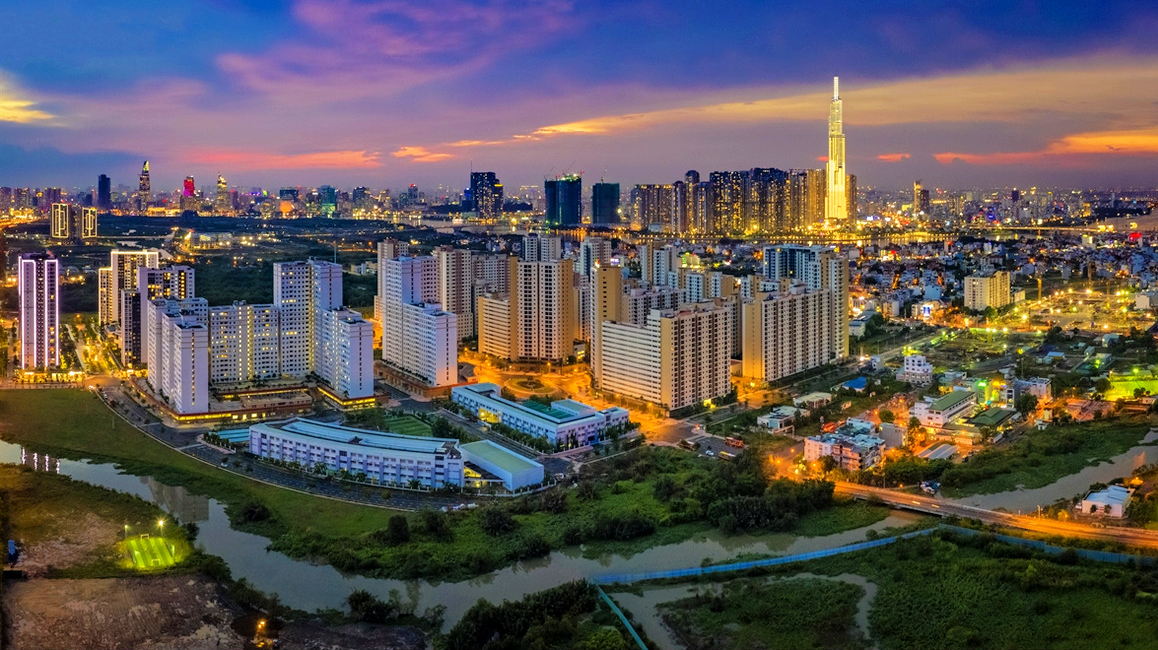 |
| Photo: baotintuc |
Multinational and technology companies often choose Ho Chi Minh City when entering Vietnam.
The city houses the best national universities, research facilities, and the largest international airport in the country. As the most developed city countrywide, Ho Chi Minh City has been serving as the country’s economic focal point.
Ho Chi Minh City accounted for about 22 percent of the national GDP and 29 percent its financial capital in 2018. This is in spite of the fact that the city accounts for only 0.6 percent of the land area and 10 percent of the country’s population.
In 2018, 44,000 new businesses registered in the city, towering above the runner-up capital Hanoi. This reflects the entrepreneurial environment that has given rise to the country’s notable startup scene.
Ho Chi Minh City and its seven neighboring provinces – Binh Duong, Dong Nai, Ba Ria-Vung Tau, Binh Phuoc, Tay Ninh, Tien Giang, and Long An – comprise the Southern Key Economic region, the biggest commercial and innovation hub of Vietnam.
Altogether, the provinces make up 60 percent of the government’s revenues and attract 50 percent of FDI capital in the entire country.
How will Ho Chi Minh City develop?
In the longer term, Vietnam plans to develop the entire Southern Key Economic Region, taking Ho Chi Minh City as the central hub, into an economic engine for the whole country. Vietnam wants to make Ho Chi Minh City into an international gateway to the south, and other parts of the country, by taking advantage of the young workforce, fast growth, and high urbanization rate.
This goal makes sense because the city already serves as a center of commerce within the region, connecting transportation systems of all the surrounding areas, while providing them with resources and technology. The government has sought to funnel a total of US $280 billion in development funding to the Southern Key Economic Region in the 2015-2020 period.
In the government-approved master plan, set to be achieved by 2030, with a long-term vision into 2050, the objective is to form a multi-core economic zone, comprised of Ho Chi Minh and seven bordering provinces. This is called the Ho Chi Minh City Zone (“HCMC Zone”).
Under the plan, the central Ho Chi Minh City urban area will focus on developing technology, telecommunication, healthcare, culture and education, while the rest of the region is divided into sub-areas based on different demographic and geographical characteristics, each of which specializes in its strongest industries.
However, the heart of the HCMC Zone is infrastructure projects, which aim to relieve pressure on traffic and space.
As part of the plan, for example, the city encourages moving residential projects to nearby provinces, while restructuring the central districts with smarter and shorter-lease properties, such as offices and retail buildings. Meanwhile, several expressways and inter-city railroads are under construction, as well as river routes and seaports that would serve the entire Southern Key Economic Region.
In the HCMC Zone masterplan, the government defines the multi-core economic zone as the way to transform the city into a regional metropolis. While this has not attracted as much media attention as other super-regions plans in Asia, Ho Chi Minh City deserves to be in the discussion – it’s on the verge of becoming Vietnam’s first megacity.
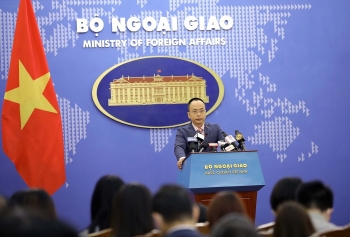 | 95 percent of Vietnam’s population follow religions and beliefs Despite its acknowledgement, the United States’ 2021 annual report on religious freedom is yet to assess the situation in Vietnam in an objective manner, said ... |
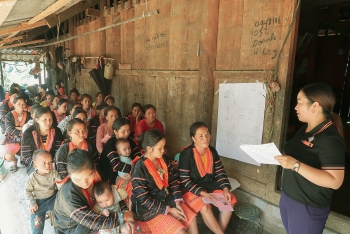 | World Population Report 2021: Vietnam's indicator value lower than Cambodia and Myanmar Vietnam has the indicator value of 54% out of 100% achievement which is lower than Cambodia and Myanmar, according to UNFPA's 2021 flagship report, State ... |
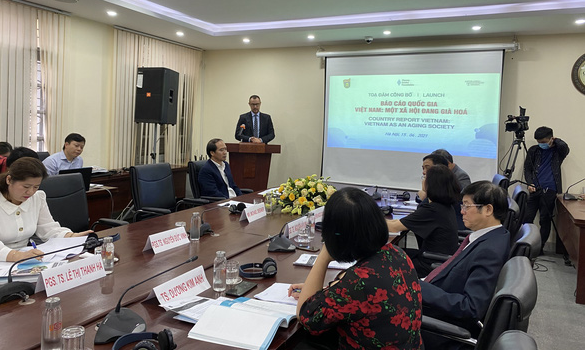 | Vietnam faces ' rapidly aging population' According to the General Statistics Office, Vietnam has entered the aging stage since 2019. The country now has 10.4 million people over 65 years old, ... |
Recommended
 National
National
Strengthening Vietnam-Thailand Relations: Toward Greater Substance and Effectiveness
 National
National
Vietnam News Today (May 16): Nha Trang Listed Among Top 15 Global Summer Destination in 2025
 National
National
Four Notable Outcomes of General Secretary To Lam’s Four-nation Tour
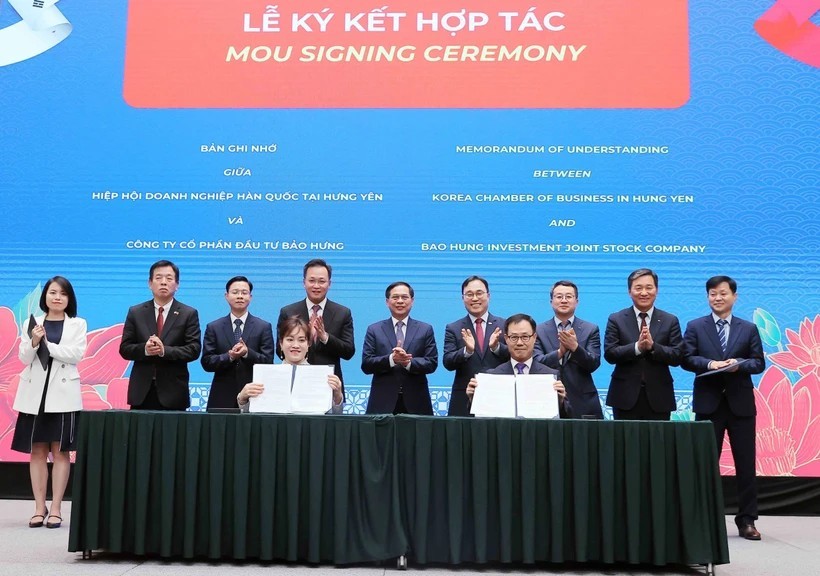 National
National
Vietnam News Today (May 15): Vietnam Looks for Stronger Cooperation with RoK in New Era
Popular article
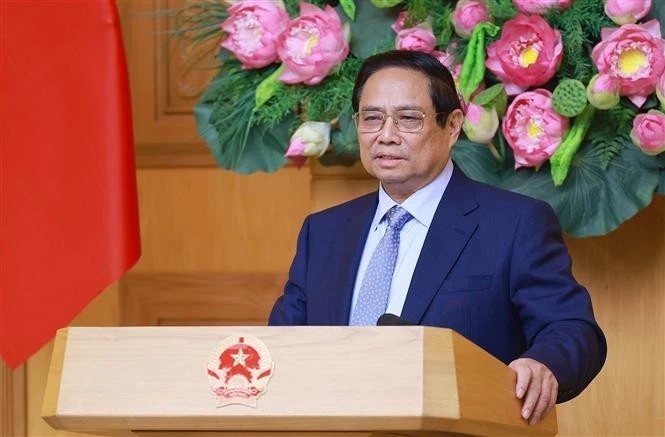 National
National
Vietnam News Today (May 14): US Businesses Affirm Long-Term Commitment to Vietnam
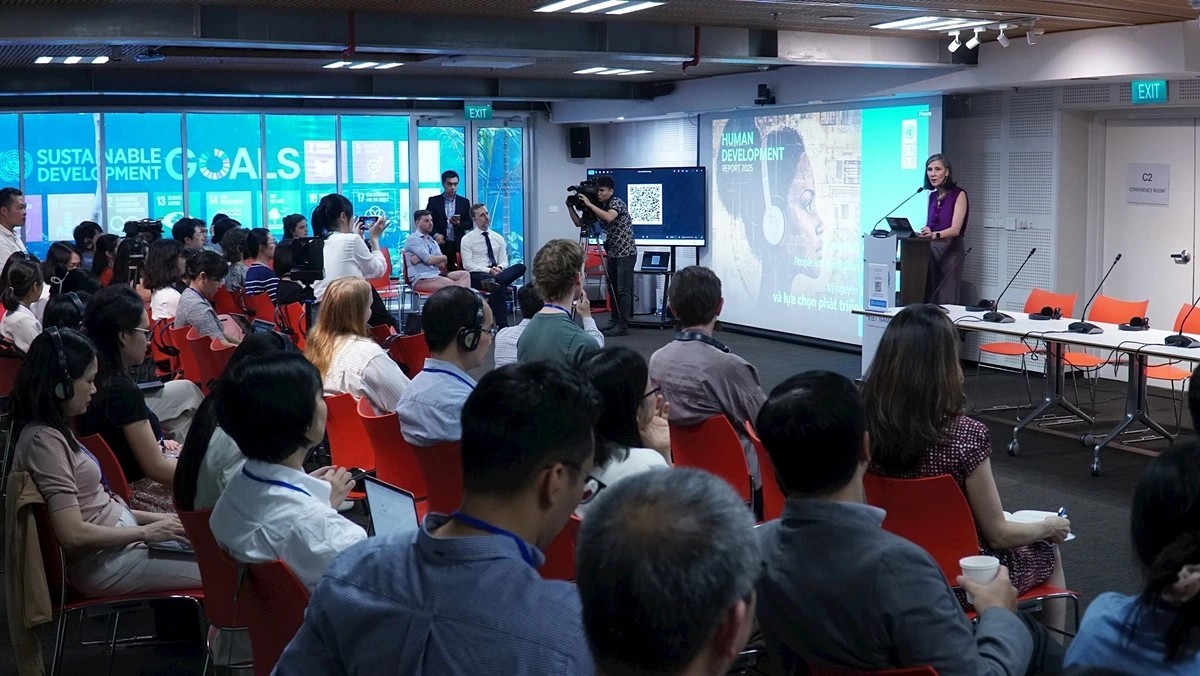 National
National
Vietnam News Today (May 13): Vietnam Maintains High Human Development Index Despite Global Slowdown
 National
National
Vietnam News Today (May 12): Party General Secretary Meets With Russian Experts, Intellectuals
 National
National

